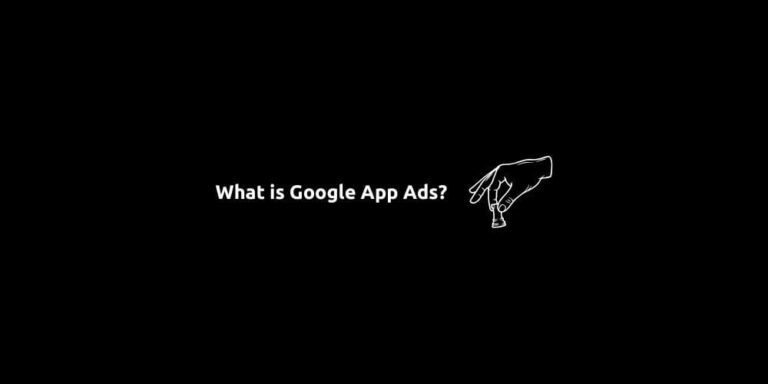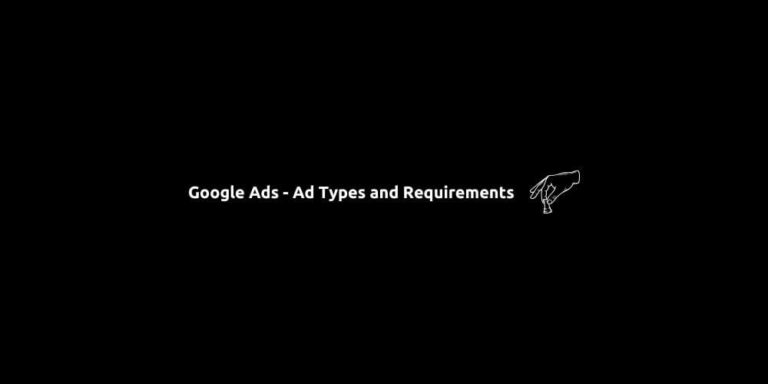Meta Targeting Options
Precise targeting remains one of the most powerful tools marketers have to reach the right audience in today’s digital marketin era. And Meta Ads (formerly Facebook Ads) offers one of the most robust targeting systems in the advertising industry. Therefore, Meta targeting options enables brands to deliver hyper-relevant messages to their ideal customers.
This article explores Meta targeting options in detail, focusing on how advertisers in 2025 can use them effectively to optimize performance, reduce ad spend waste, and improve ROI. We’ll begin with a summary of the core targeting categories offered by Meta Ads: Core Audiences, Custom Audiences, and Lookalike Audiences. Then we’ll dive into the sub-options within each category, including demographic filters, interest-based targeting, behavior-based segmentation, retargeting strategies, data integration tools, and predictive audience expansion.
Moreover, we’ll also discuss how AI advancements and Meta’s recent privacy policy changes have influenced the way advertisers now build and scale audiences.
Let’s dive in.
Content:
- Core Audiences
- Custom Audiences
- Lookalike Audiences
- Advantage+ Audiences
- Combining Targeting Options
- How to Get Started With Meta Ads?
Core Audiences
Core Audiences are built-in targeting engine in Meta targeting options. This feature allow advertisers to target users based on the vast amount of demographic, interest, and behavioral data Meta collects. The audiences are constructed directly within the Meta Ads Manager, giving advertisers flexibility without requiring external data sources.
You can target users by:
- Location: Country, state, city, zip code, or even a mile radius.
- Demographics: Age, gender, education level, job title, relationship status, life events, and more.
- Interests: From niche hobbies like urban gardening to broader categories like health & wellness or gaming.
- Behaviors: Frequent travelers, early tech adopters, mobile device users, etc.
- Connections: People who have liked your page, used your app, or attended your event.
One recent key update is the enhanced predictive modeling of interests and behaviors. Meta now leverages more on-platform activity (such as Reels engagement, Stories interactions, and Marketplace behavior) to provide advertisers with updated interest clusters. This make Core Audiences are ideal for top-of-funnel campaigns aiming to build awareness or drive initial traffic. They’re especially useful for brands without large customer lists or historical data.
Custom Audiences
Custom Audiences are one of the most strong tools in Meta’s arsenal. This type of audiences gives advertisers the ability to re-engage with users who’ve already interacted with their brand. Such as:
- Website visitors (tracked via Meta Pixel)
- App users (via SDK)
- Email subscribers or CRM lists (uploaded as customer lists)
- Facebook or Instagram engagement (likes, comments, saved posts, video views)
- Offline events (store visits, in-person purchases)
Unfortunate for advitesers (but good for personal privacy), In 2025, privacy changes and stricter data usage rules have reshaped how Custom Audiences work. Meta now uses aggregated event measurement and enhanced conversions API to track users across touchpoints while respecting privacy protocols. Also, customer list uploads now require explicit consent confirmation for data usage during upload.
Despite the strict changes in regulations, Meta is doing is best to find way arounds. One example to that is Meta’s AI-assisted Engagement Scoring. When creating a Custom Audience from a video view or a post engagement, advertisers can now prioritize users with high interaction depth. That means you can now target people those who watched 75%+ of a video or commented multiple times on a post.
Lookalike Audiences
Lookalike Audiences are an expansion of the Custom Audiences, allowing advertisers to reach new users who share similar behaviors and characteristics with existing customers. You can create lookalikes from your top purchasers, email subscribers, high-LTV users, or even highly engaged video viewers.
Recentlyw, Meta’s Lookalike creation engine has received several AI-driven improvements. Most notably, you can now:
- Choose value-based signals like ROAS or LTV when building Lookalikes.
- Layer in Core Audience filters to narrow results by age, gender, or location.
- Use Multi-Source Lookalikes, combining multiple seed audiences to create hybrid models (e.g., top customers + top engagers).
- Dynamic scaling: Instead of choosing between 1%-10% similarity brackets manually, you can allow Meta to auto-optimize lookalike audience sizes based on campaign objectives.
Thanks to its algorithmic strength, Lookalike Audiences are more effective than ever. Meta’s AI is now capable of considering cross-platform behavior — such as Instagram Reels views, Messenger activity, and even shopping intent on Facebook Marketplace — to build more precise matches.
Advantage+ Audiences
One of the newest developments in Meta targeting is Advantage+ Audiences, a machine-learning driven system that expands your targeting parameters beyond your defined inputs. This doesn’t mean Meta ignores your inputs. Rather, it uses them as signals to explore other users who may also convert well but wouldn’t have been captured with strict filters.
With Advantage+ targeting, Meta dynamically adjusts delivery based on real-time performance signals. For instance, if your ad is doing well with people aged 35–45 but you only targeted 25–34, Meta may expand into the older age bracket if Advantage+ is enabled. This allows campaigns to discover hidden audience segments that perform well.
This is ideal for high-volume campaigns focused on efficiency rather than control. For example, large-scale e-commerce promotions or app installs where budget scaling is a priority.
Combining Targeting Options
Meta’s most successful advertisers don’t use just one targeting method. Instead, they build layered strategies that evolve across the funnel:
- Use Core Audiences for broad awareness campaigns.
- Retarget with Custom Audiences to nurture interest.
- Scale with Lookalikes.
- Optimize with Advantage+ expansion for algorithm-driven performance.
Moreover, audience fatigue is still a real concern. Regular refreshing of Custom Audiences and rotating Lookalike seeds ensures continued performance. Testing overlapping audience segments is also critical to avoid internal competition, especially in Conversion-optimized campaigns.
Meta’s Audience Insights 2.0 tool (launched in late 2024) further helps advertisers understand which segments are working best, allowing for better creative alignment and budget reallocation.
How to Get Started With Meta Ads?
Meta Targeting Options offer advertisers an unprecedented blend of control, data precision, and AI-driven scalability. Whether you’re trying to find your next high-value customer or re-engage someone who abandoned their cart last night, Meta’s audience tools make it possible to deliver the right message to the right person at the right time.
Staying updated with the latest privacy changes, leveraging Meta’s AI tools, and building layered audience strategies are essential for brands aiming to stay competitive in the digital advertising landscape. With a strategic approach to Core, Custom, Lookalike, and Advantage+ audiences, advertisers can unlock massive performance gains and Meta remains one of the best platforms to make that happen.
To get the most out of your Meta Ads campaigns, always test multiple formats, stay updated with specs, and match the creative to your objective. And if you’re looking for hands-on support or strategy, SS&T Digital is here to help you elevate your ad game across Meta’s powerful platforms. 👇






